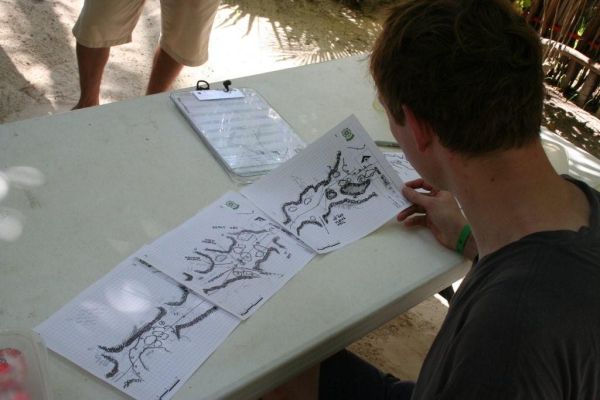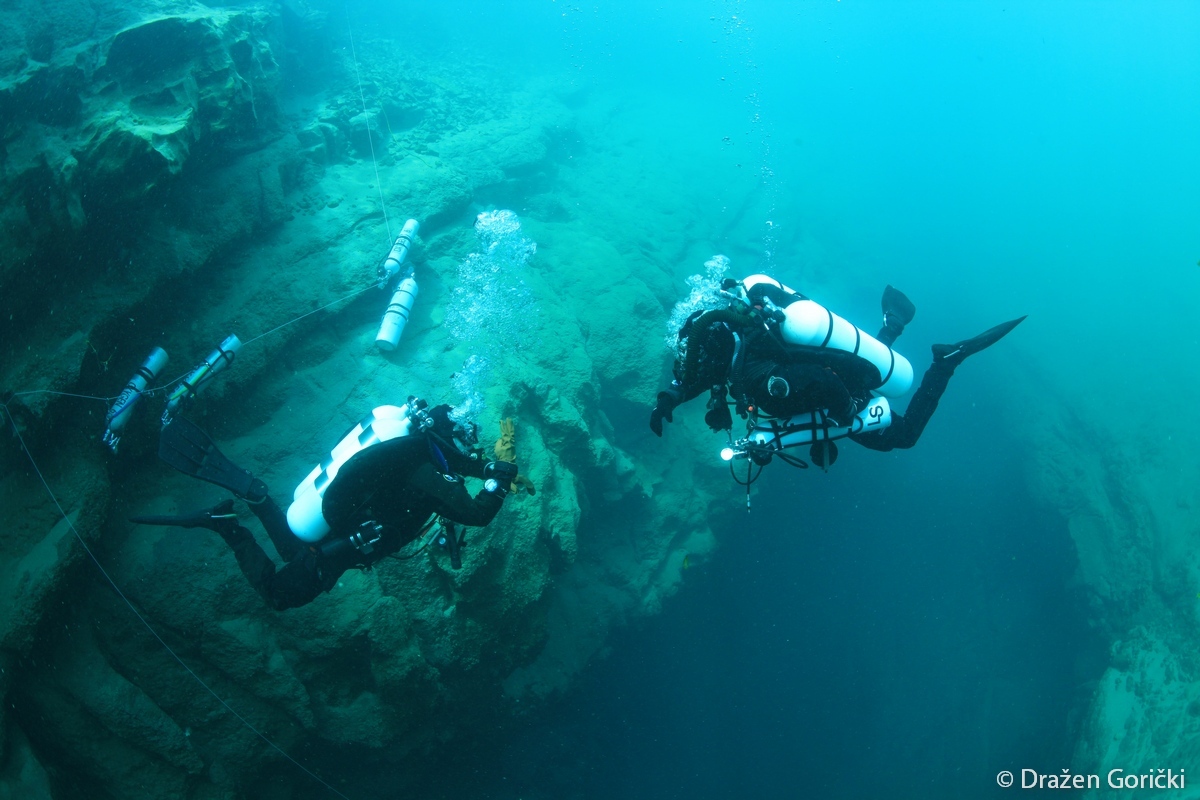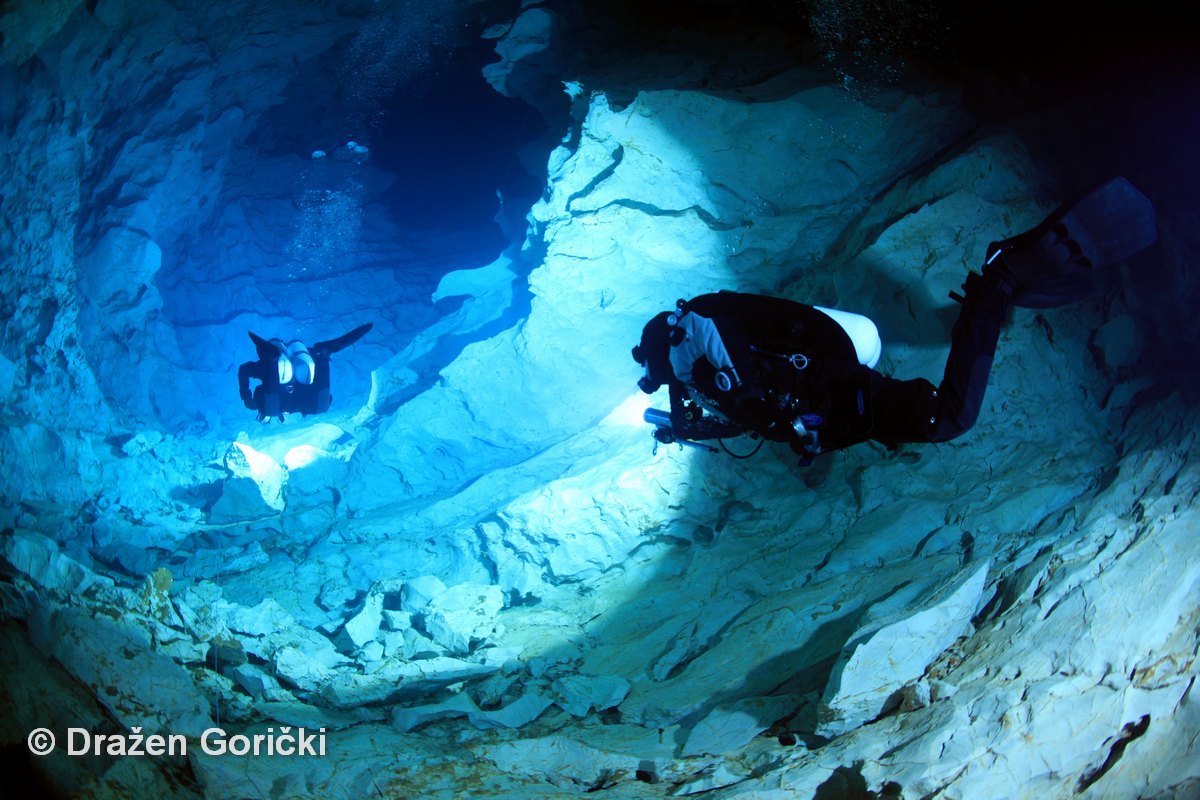Category: Cave Diving
-

Mexico Cave Exploration Project Science Week
Marcus and I headed back to Mexico in June 2010 to take part in the Mexico Cave Exploration Project (MCEP) Science Week with Dr Chris Werner, Dr Eduard Reinhardt and hosted by Zero Gravity – it seemed as good an excuse as any to head west again! Our objectives were primarily to produce an accurate…
-
Croatia Cave Exploration Day 3 – Radovjića
Florian, Maurizio and I headed to lake Radovjića for the final day. The lake was formed back in the sixties when the valley into which a number of small springs emerged was dammed in order to create a reservoir. These springs now emerge at the bottom of the lake. Maurizio spoke to a old local…
-

Croatia Cave Exploration Day 2 – Glavas
Day two saw us at Glavas, a stunning pool set below a wonderful stone church. The relatively small pool belies an open shaft that heads down pretty much vertically to approximately 80m. From here the onwards passage descends at a more moderate 45 degrees to the maximum explored depth of 115m where the passage levels…
-

Croatia Cave Exploration Day 1 – Vucovjića
After the previous year’s spectacular wreck trip with Maurizio at Krnica Dive in the Northern Adriatic, Florian and I were drawn back to Croatia in April 2011 by the lure of unexplored caves. Maurizio had teamed up with some researchers from the Croatian Speleological Society (CSS) to gain us access to some of the freshwater…